Photographs: Ajay Verma/Reuters Jaimini Bhagwati
In the short term, the government could consider issuing $10-20 billion of sovereign bonds with maturities between 10 years and 30 years depending on international investors' appetite for such long maturities, notes Jaimini Bhagwati
Over the last decade or so, concerns about India's external sector vulnerabilities were relatively muted.
In contrast, in the past two years, the Indian economy's exposure to risks stemming from higher oil and gold imports, as well as from stagnant foreign direct investment and inflows from foreign institutional investors, has increased sharply as the current account deficit has risen to 5.1 per cent of gross domestic product during 2012-13.
This high current account deficit level is unsustainable and currently constitutes the single biggest risk to our economy.
Taking a step back, although external sector weaknesses have been steadily mounting, core inflation is somewhat lower and the central government is pushing fiscal prudence.
. . .
How rupee fall adds to India's external sector risk
Image: An employee counts rupee notes.Photographs: Reuters
Further, it is expected, tentatively, that de-blocking of power and other major projects by the Cabinet Committee on Investment should improve the climate for foreign and domestic investment.
Consequently, it is startling to hear that some in Delhi feel that it would be prudent for India to approach the International Monetary Fund for a pre-emptive standby arrangement.
This article reviews our external sector risk indicators and suggests initiatives that could be taken even in the face of political-economy constraints.
Table I shows that net oil imports (imports of crude less exports of refined products) and gold imports have steadily increased in the last five years, resulting in ever-increasing merchandise deficits.
. . .
How rupee fall adds to India's external sector risk
Image: Rupee notes are seen in this picture illustration.Photographs: Vivek Prakash/Reuters
These trade deficits have not been accompanied by a corresponding growth in net invisibles.
In the absence of buoyancy in merchandise exports or inbound foreign direct investment, we have become more dependent on foreign institutionl investors' inflows and remittances from non-resident Indians.
Tables I and II indicate that merchandise trade deficit has almost doubled whereas foreign exchange reserves have increased by 15.9 per cent.
On a related note, short-term debt, defined as original maturity of one year or less, has crept up from 19.3 per cent of total debt to 23.1 per cent.
. . .
How rupee fall adds to India's external sector risk
Image: A college student cheers after getting her face painted with the tricolour Indian national flag.Photographs: Ajay Verma/Reuters
These percentages understate the proportion of short-term debt since the underlying numbers are based on original maturity.
It would be more accurate -- towards assessing refunding risk -- if short-term debt were defined as debt with residual maturity of one year.
Table II lists the average rupee-dollar nominal exchange rates for fiscal years 2008-2013. The rupee depreciated nominally by about 4.7 per cent in the four years between April 2008 and end-March 2012.
On June 18, 2013, the exchange rate closed at 59.8.
Effectively, the rupee depreciated sharply by 21.9 per cent in the 14 months between April 2012 and June 18, 2013, and the total depreciation from April 2008 to June 2013 was 26.6 per cent (4.7+21.9).
. . .
How rupee fall adds to India's external sector risk
Image: Indonesian rupiahPhotographs: Supri/Reuters
In recent years, consumer price inflation in India was at least six per cent more than in the United States, and this difference in inflation compounded over five years amounts to 34 per cent.
By this metric, in real terms, the rupee has appreciated by 7.4 per cent (34-26.6) in the last five years.
The much higher nominal rupee interest rates, 7.5 per cent for three-month government securities in India compared to 0.04 per cent for US Treasury bills, indicate how profitable carry trades could be if the rupee-dollar nominal exchange rate does not depreciate adequately to neutralise the higher interest earned in rupees.
. . .
How rupee fall adds to India's external sector risk
Image: A bank employee counts one hundred dollar notes at a bank in Seoul.Photographs: Lee Jae Won/Reuters
Another source of risk for India is tapering of quantitative easing in the US.
Just a hint to this effect from the governor of the United States Federal Reserve, Ben Bernanke, resulted in FIIs selling $3 billion of Indian debt securities.
However, yen QE may add up to $100 billion a month.
This could compensate for US QE taper, which is currently $85 billion a month.
Yen inflows do not usually come to India through FIIs; they come more through loans.
To address these multiple risks, the following measures could be taken.
For instance, in the short term, the government could consider issuing $10-20 billion of sovereign bonds with maturities between 10 years and 30 years depending on international investors' appetite for such long maturities.
. . .
How rupee fall adds to India's external sector risk
Image: Foreign currency traders work inside a trading firm behind the signs of various world currencies, in Mumbai.Photographs: Vivek Prakash/Reuters
This would be a lower cost option than the NRI bonds and India Millennium Deposits issued by State Bank of India in the past, for which the central government assumed the foreign exchange risk.
Concurrently, the government needs to further decontrol prices of oil and gas products, including fertilisers, to bring down subsidies.
Ideally, gold imports should be curbed. Perhaps in the medium term, gold imports would come down in tandem with inflation.
Of course, we need to give Indians less reason to accumulate and park unaccounted funds in liquid yet untraceable assets such as gold, which can be bought in small or large amounts.
. . .
How rupee fall adds to India's external sector risk
Image: An employee arranges Indian currency notes at a cash counter inside a bank in New Delhi.Photographs: Mukesh Gupta/Reuters
Over time we also need to reverse the recent trend of the fall in iron ore exports and the rise in coal imports.
Given the low to negative real rates of return on investments in US, Japanese or German government securities, there would be a substantial opportunity cost if we were to raise the level of our foreign exchange reserves.
However, anticipating sustained high trade deficits, we should aim to raise our foreign exchange reserves to about $600 billion over the medium term.
The additional opportunity cost should be perceived as the extra premium to insure against potential balance of payments difficulties.
To conclude, over the long term, India has to increase competitiveness, diversify its export basket and raise trade promotion efforts -- particularly in Asia, Africa and Latin America (Asia accounts for 56.4 per cent of India's trade, 16.5 per cent for Africa and 5.1 per cent for Latin America, compared to 17.9 per cent for Europe and 9.2 per cent for North America).
In the even longer term, the effort has to be to seek self-sufficiency in oil and gas.
The writer is India's high commissioner to the UK. Views expressed are personal

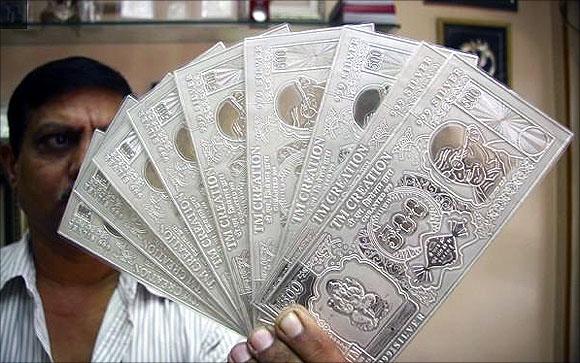
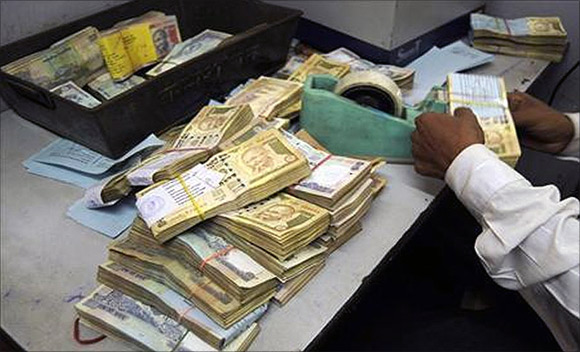
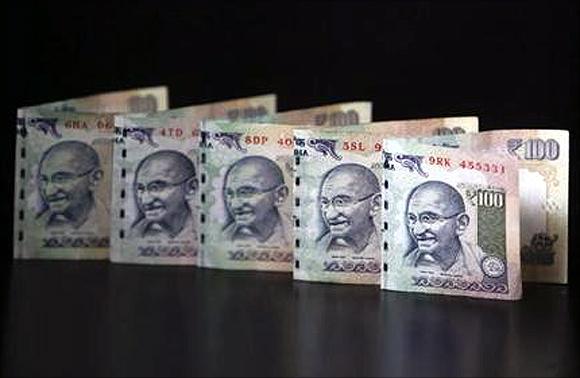

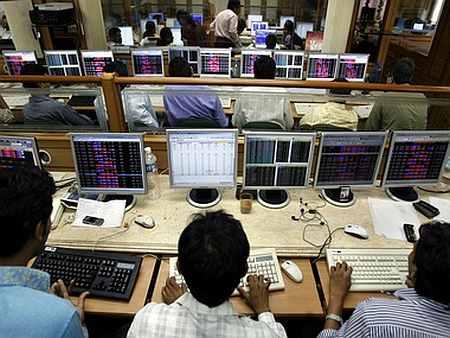
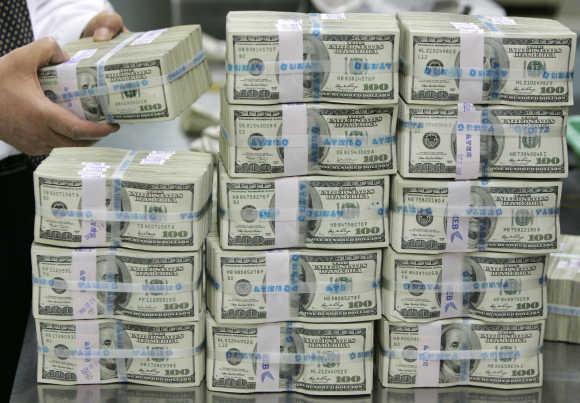
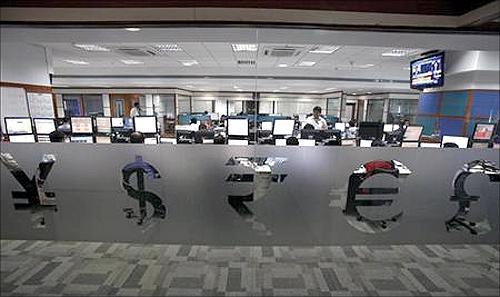
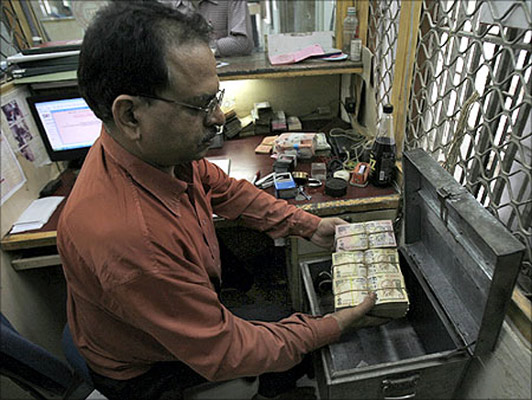

article